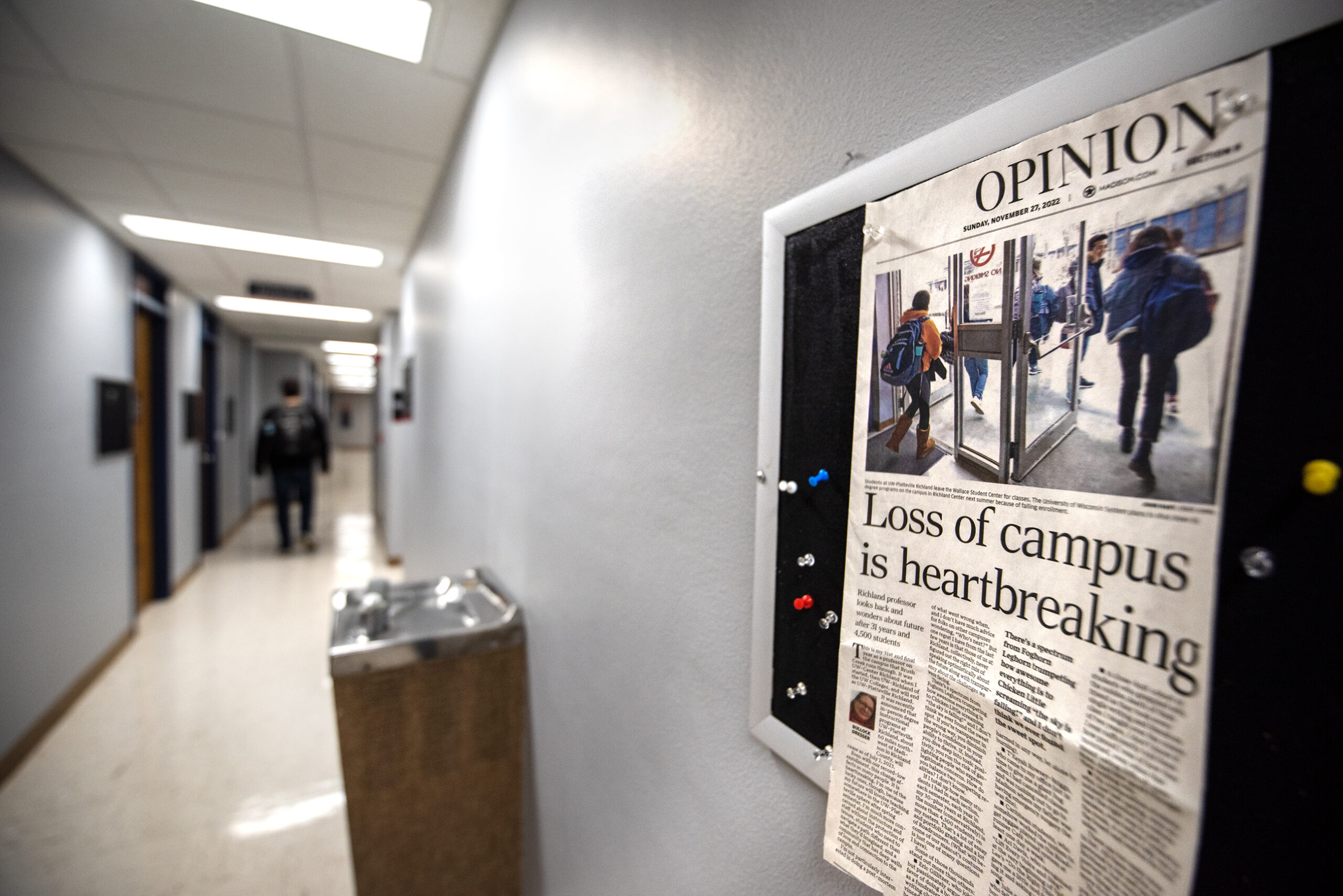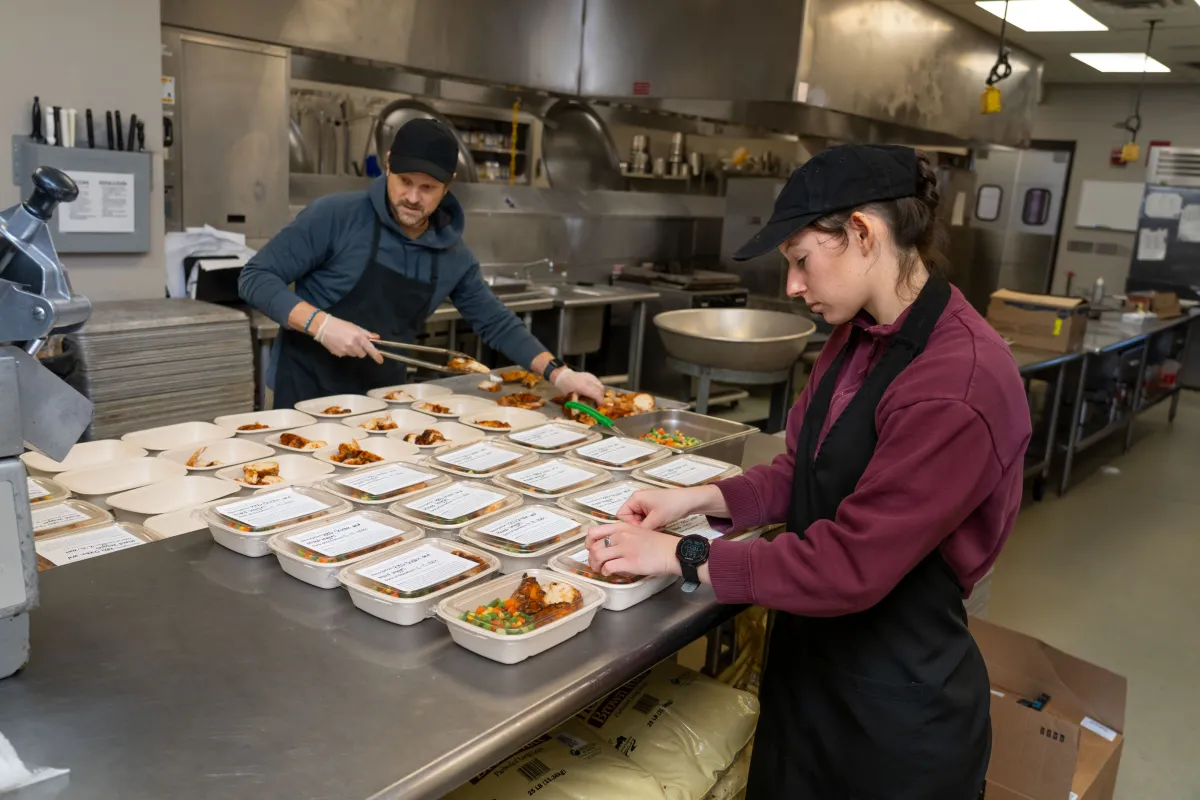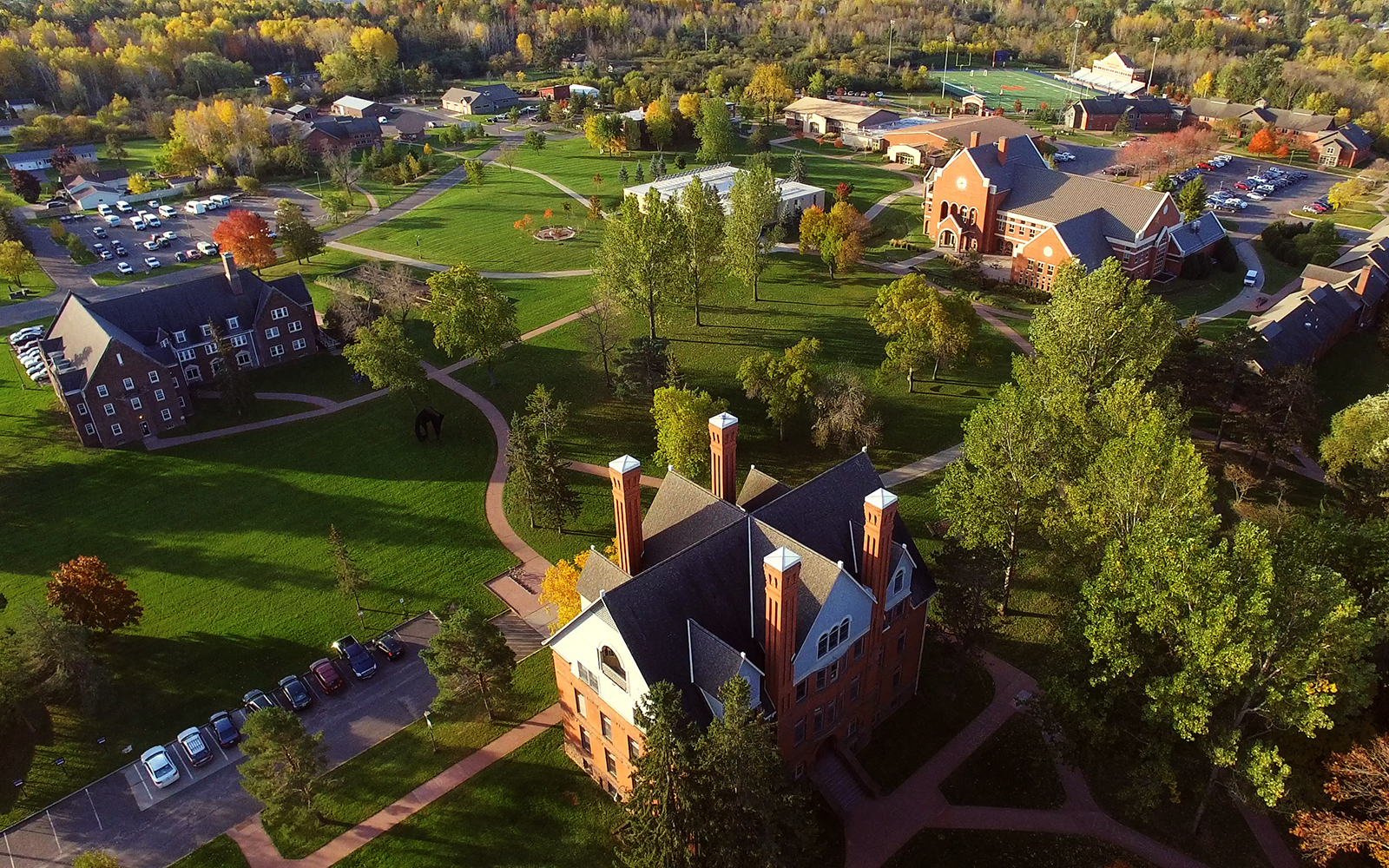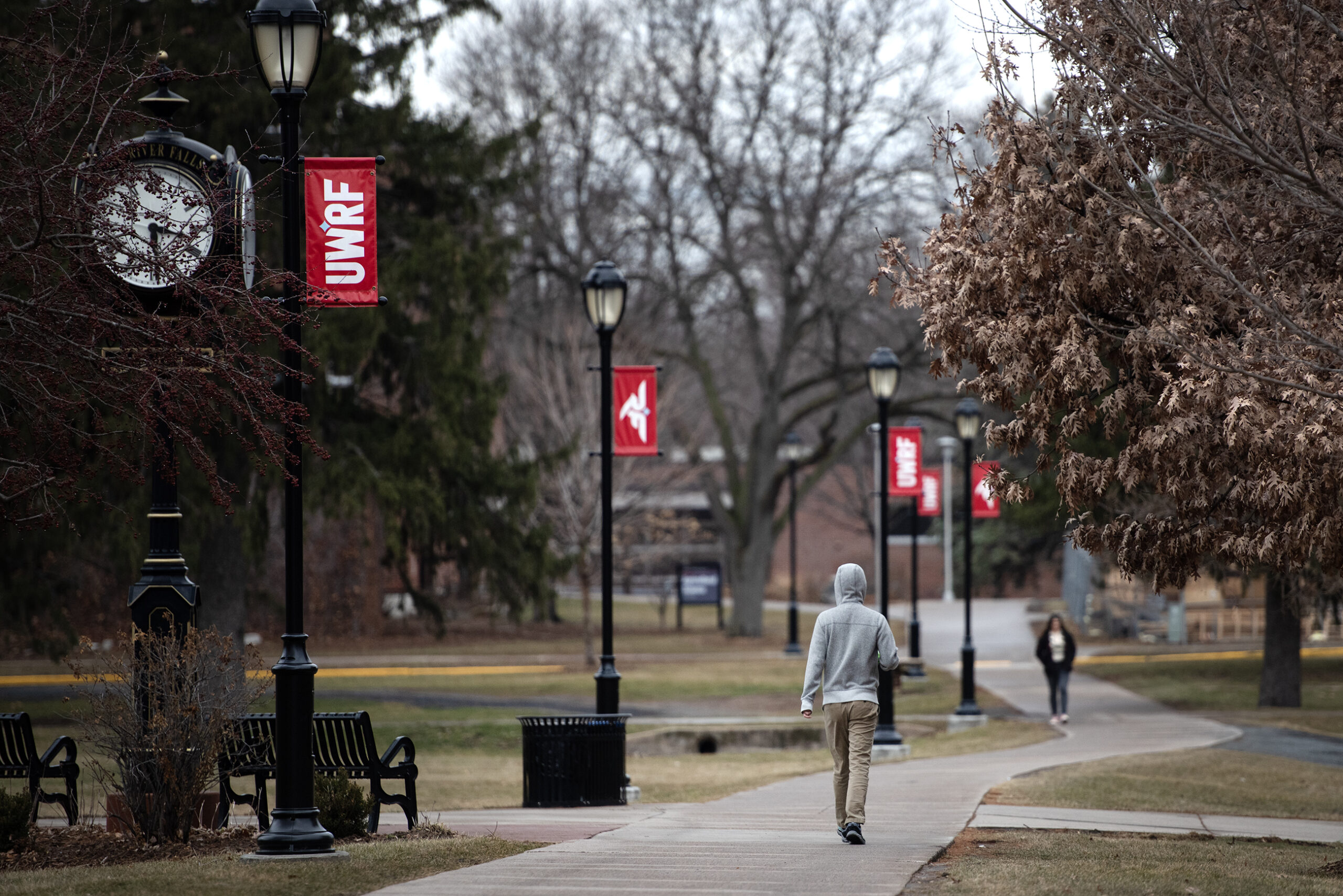After the spring semester concludes, the University of Wisconsin-Milwaukee will begin to close its Waukesha campus due to declining enrollment.
In recent years, six branch campuses within the university system have been shuttered or are in the process of closing.
In the aftermath, a community that was once home to a two-year campus might become what’s called an “education desert,” according to Nick Hillman, a UW-Madison professor.
Stay informed on the latest news
Sign up for WPR’s email newsletter.
He defined the phenomenon on WPR’s “Wisconsin Today,” as places that exist across the country with either no or one public college nearby.
“Colleges are either consolidating, closing altogether, or they are eliminating different program offerings,” Hillman said.
To provide rural students improved access to higher education, the College for Rural Wisconsin launched a program through UW-Madison about a year ago.
Hillman works in the university’s Department of Educational Leadership and Policy Analysis and leads the Student Success Through Applied Research, or SSTAR, Lab. After years of research, he found that one in 10 people live in education deserts.
“In rural places all over the country, enrollment is slowing down,” he said.
Jennifer Blazek leads the College for Rural Wisconsin’s effort to provide resources to K-12 students in rural communities and provide in-person peer support for prospective UW students.
“It’s just me and my rural peer advisors who are current UW-Madison students,” she said. “They’re rural students themselves.”
She told “Wisconsin Today” that the program operates through the Small Town and Rural Students College Network, or STARS.
The national effort, which began in 2023, has partnerships with more than 30 colleges to ensure rural students have support to enroll and graduate from the college or university of their choice.
Blazek said in-person support provides prospective students with information about financial aid and the application process. However, she said the most common questions are related to concerns about cost, distance and cultural transition.
Hillman said the College of Rural Wisconsin’s efforts align with research over the past few decades that’s working to determine how well students transition through college.
His research shows about 60 percent of U.S. undergraduates attending two- or four-year colleges stay within 25 miles of their home.
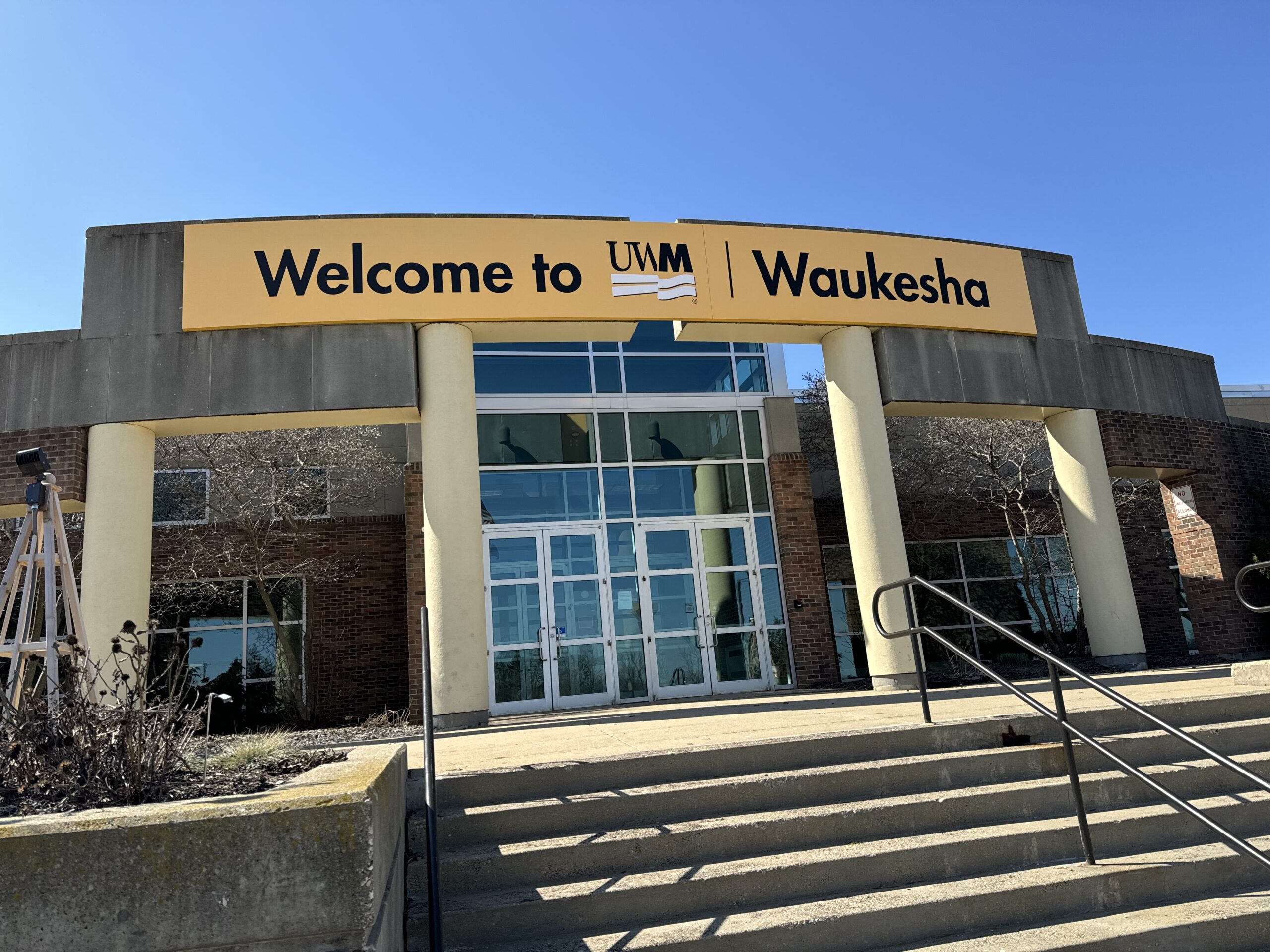
“If they don’t have a college that’s close by and they have to go far away, it can be very stressful,” Hillman said. “It’s important to think about [rural] colleges as being really important social places for communities.”
In addition, Blazek said the program’s ongoing work with rural districts allows an opportunity for schools to create internships for students, as well as partnerships with local businesses to support students’ career goals.
“It’s connecting those opportunities to the student in high school, even in middle school, just to really help them see what opportunities are available to them,” she said.
Blazek said the rural college program also bridges a support gap for school counselors in rural districts. She said staff are feeling overwhelmed because the majority of districts have one counselor to serve every elementary, middle and high school student.
“We’re being non-prescriptive and trying to fit into what they’re already doing to help without adding more time and commitments on their plate,” she said.
